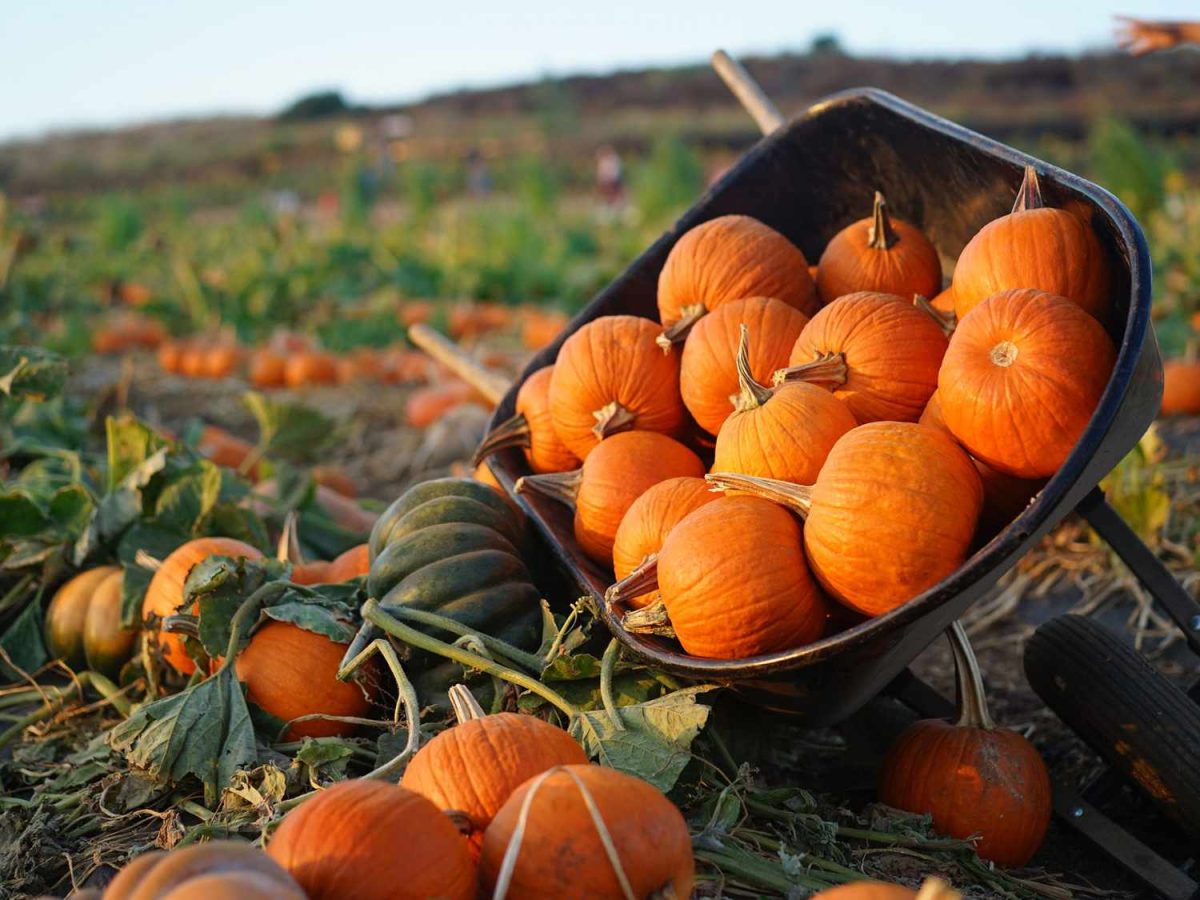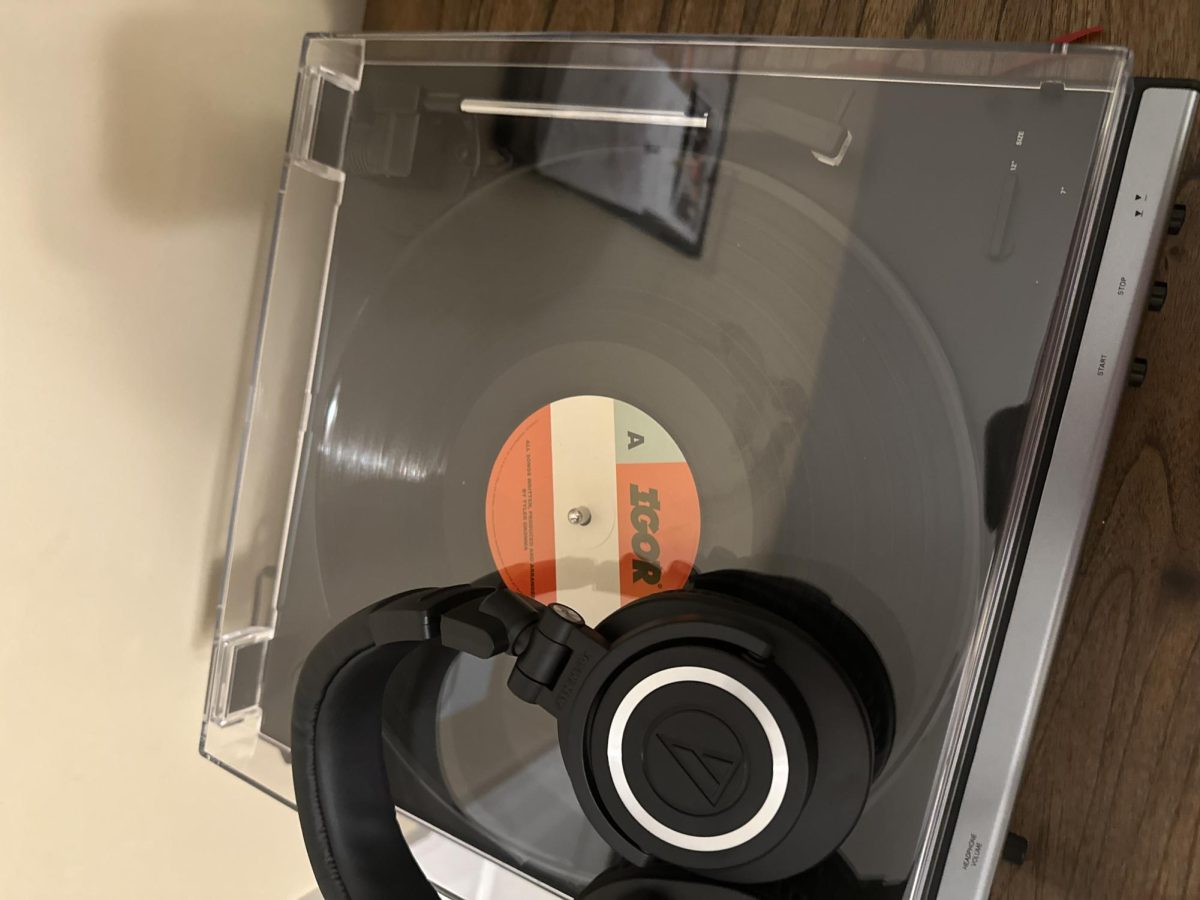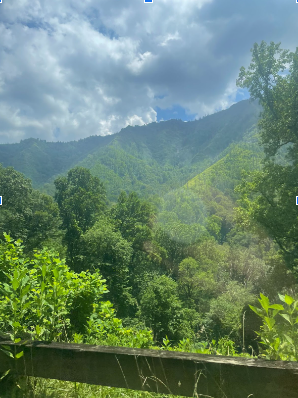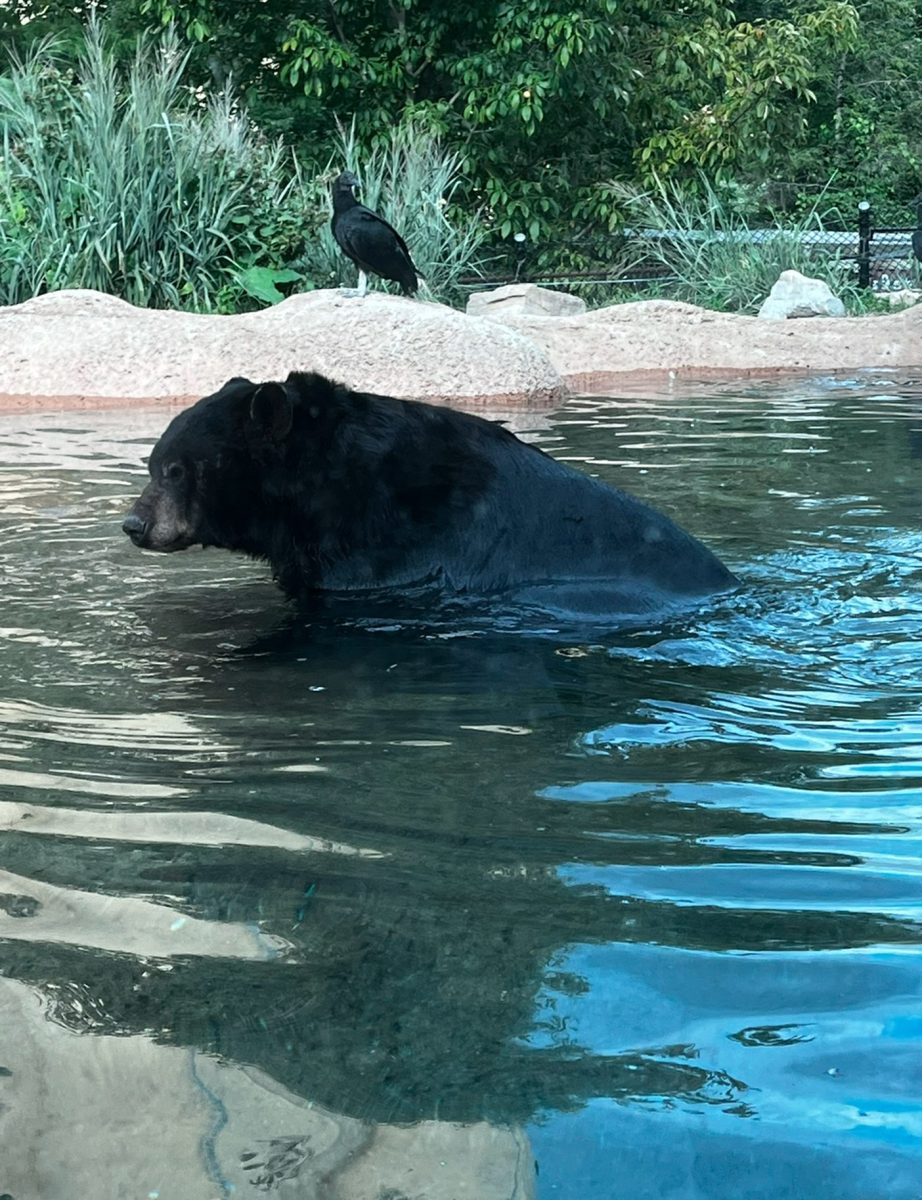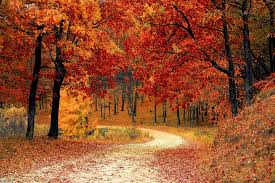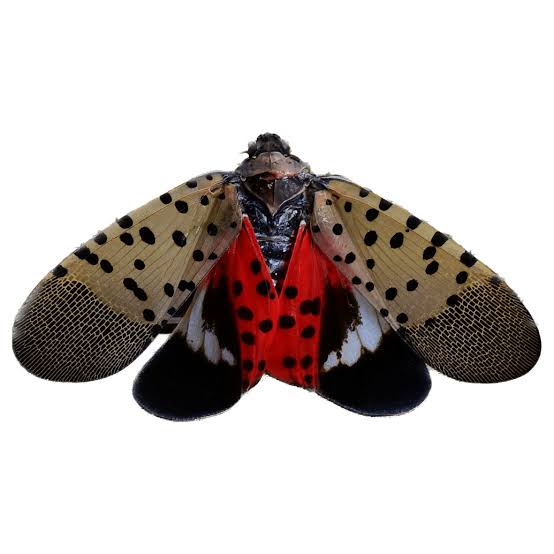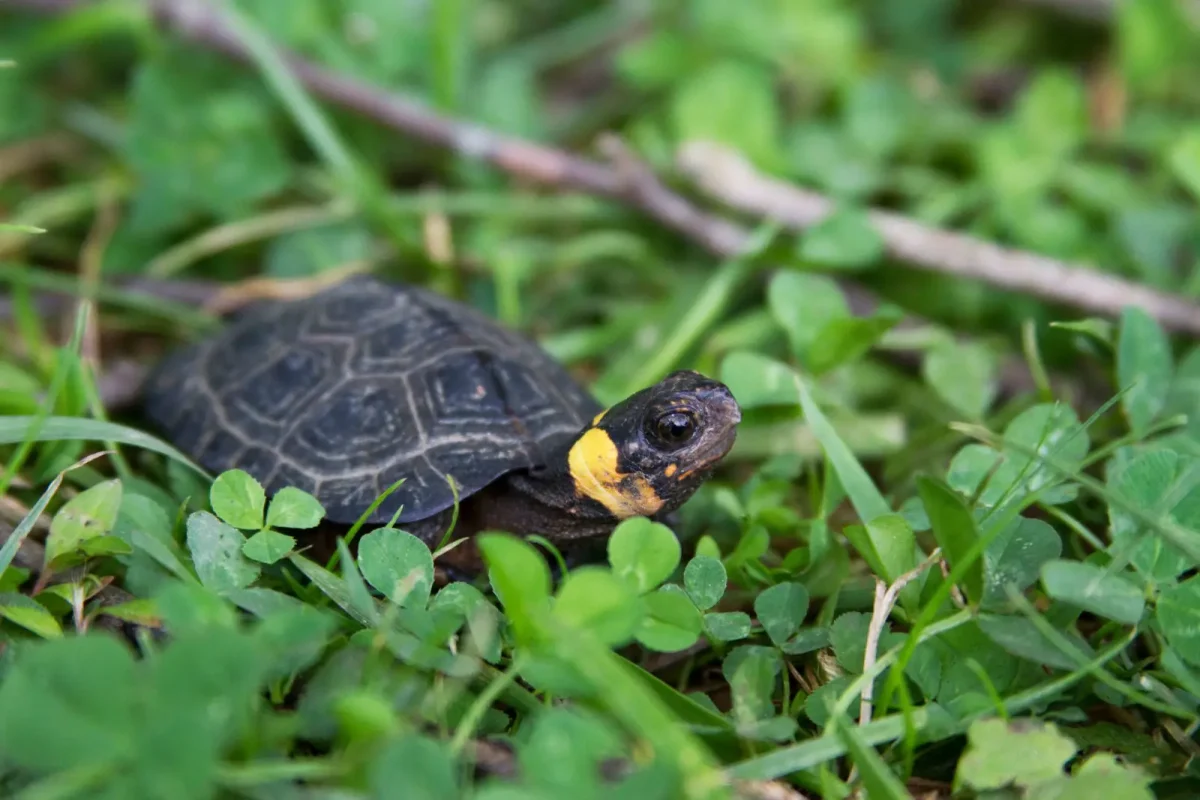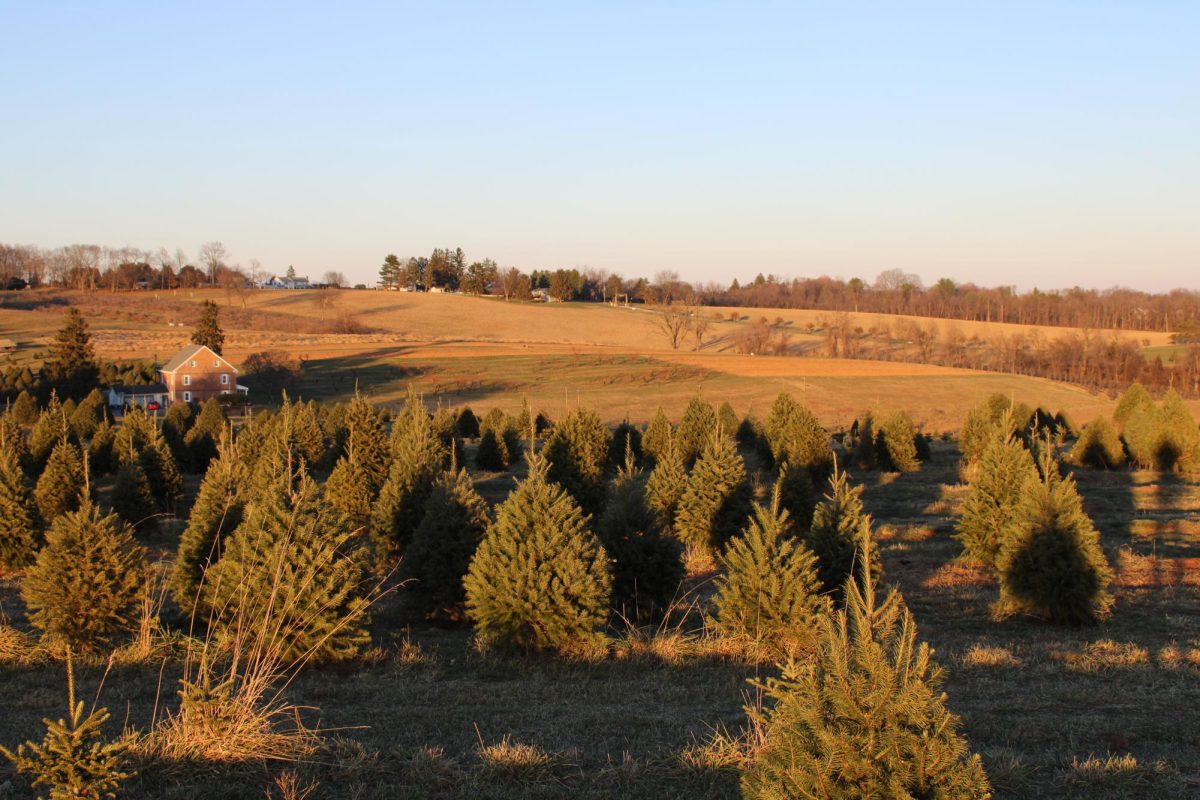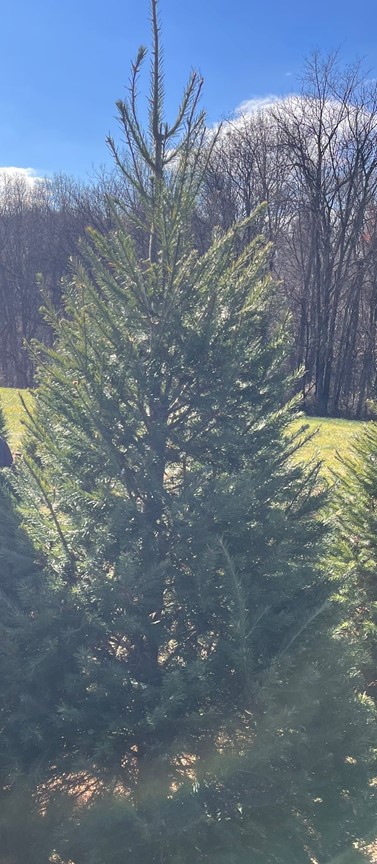Pumpkins have been in America for many years, beginning with Native Americans. They would cook the inner pulp of pumpkins and enjoy it in soups, turn dried pieces of pumpkin into flour, and eat the seeds as a snack. They also used dried strips of pumpkins and wove them into mats.
The name of the pumpkin originated from the Greek word “pepon”, the French then adapted the word to “pompon” and the English adapted it yet again to “pumpion” or “pompion”.
English settlers used pumpkin in many recipes such as stews, desserts, and soups. The origin of pumpkin pie is said to have occurred when colonists sliced off the top of a pumpkin, removed the seeds, and then filled it with milk, spices, and honey. Then it was baked in hot ashes. The largest pumpkin pie ever baked was in 2010 in Ohio, the pie weighed 3,699 pounds and was over 20 feet in diameter.
Many Americans now enjoy carving pumpkins including students at Lower Dauphin. 9th grader Seraphina Read says “I love to carve pumpkins because the result is always very cool, but I’m not a huge fan of the pumpkin guts.” The practice of pumpkin carving was brought to the United States by the Irish but they would carve turnips or potatoes instead. They found that carving on pumpkins was much easier when the tradition was brought to America.
The proper time to plant pumpkin seeds is in May to the middle of June. They can take about 90-120 days to grow and should be picked in late September early October. Pumpkin picking is a beloved fall activity and even students at Lower Dauphin enjoy the adventure. 9th grader Rylan Gray says, “I love pumpkin picking, my family and I go to Cherry Crest and we get apple cider after.”
There are over 150 varieties of pumpkins today. A pumpkin plant has long vines, big leaves, and flowers that produce them. Pumpkins are considered fruits because they have a fleshy part that surrounds their seeds.
Pumpkins bring many fun fall activities for students at Lower Dauphin along with the fall season that brings joys for many.

